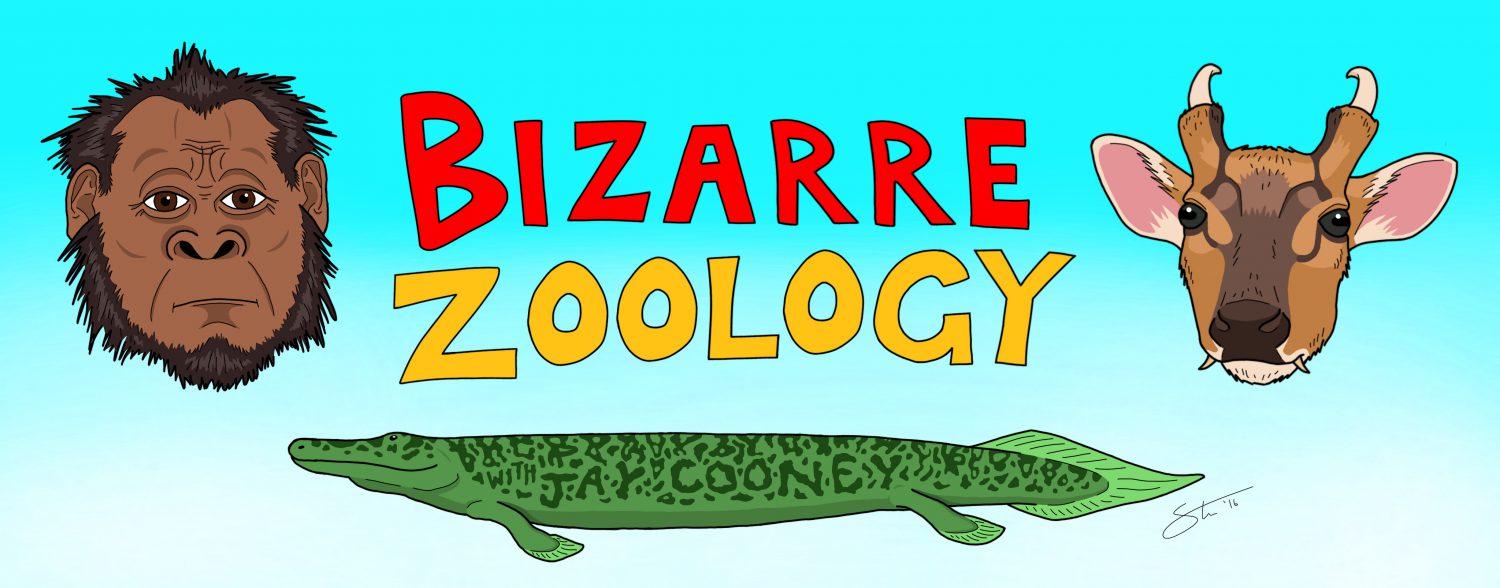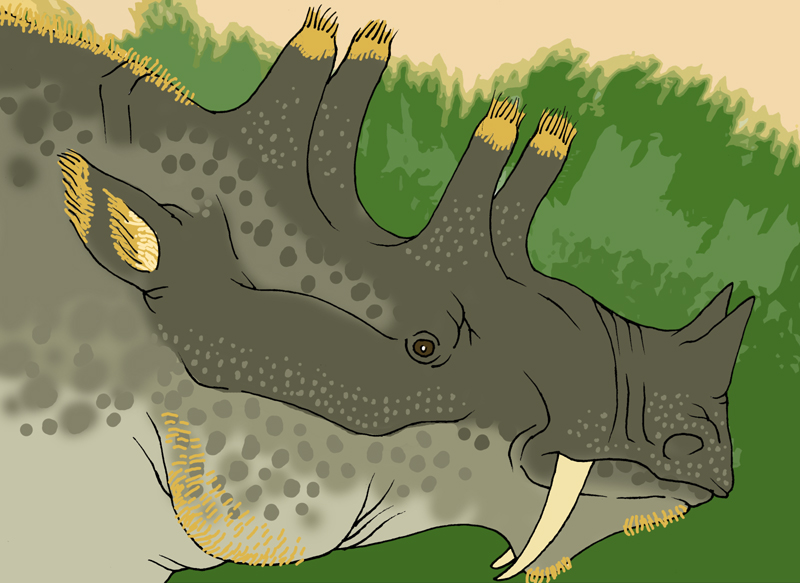
June 6 was International Ungulate Day, and numerous preoccupations have made me very late to finishing what was supposed to be timely recognition of a notable zoological holiday (many zoos and conservation foundations commemorate this day, so no I’m not just making it up). Since then, it has remained in the static position of a draft which has been somewhat nagging to me. I also began to expand this post in an unexpected direction, to the extent that I feel it necessary to split into two articles, with the forthcoming one being a musing on conservation at a time of dietary shift. This first article acts as a sort of homage to hoofed mammal lineages across the globe, in which I share some personal photographs and lesser known information that I’ve come across.
Spanning from a childhood obsession with cattle to the many hours my family and I have spent observing elk, ungulates have played an integral role in my life and have often been the primary source from which I gained an appreciation for biodiversity. While many belittle ungulates as boring, placid animals that do little more than graze and provide meals for carnivores, those who work and live with these animals can attest to their charismatic nature and profound ecological importance. I suspect that the aforementioned perspective is one founded in an anthropocentric lack of concern for these animals, as they provided more fuel than competition or danger to our species’ expansion. The diversity of the ungulates is tremendous: from tiny duikers slinking cryptically through deep African bush, to massive and culturally distinct orcas coursing through the water as they strategically hunt their prey. I must note that the term ‘ungulate’ seems to have largely fallen out of use in the scientific literature, with some specialists now considering it to merely function as a form taxon or folk taxon rather than a technical grouping. Referring to cetartiodactyls, perissodactyls, and paenungulates is more proper but, for the sake of International *Ungulate* Day, we can let it slide for now.Read More »


